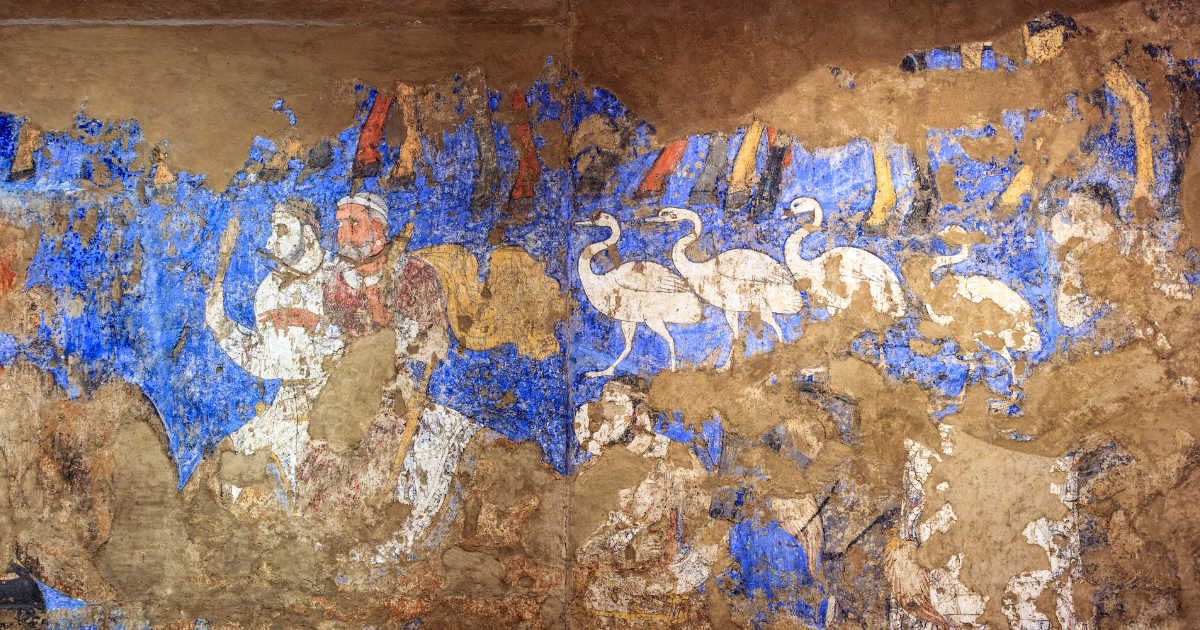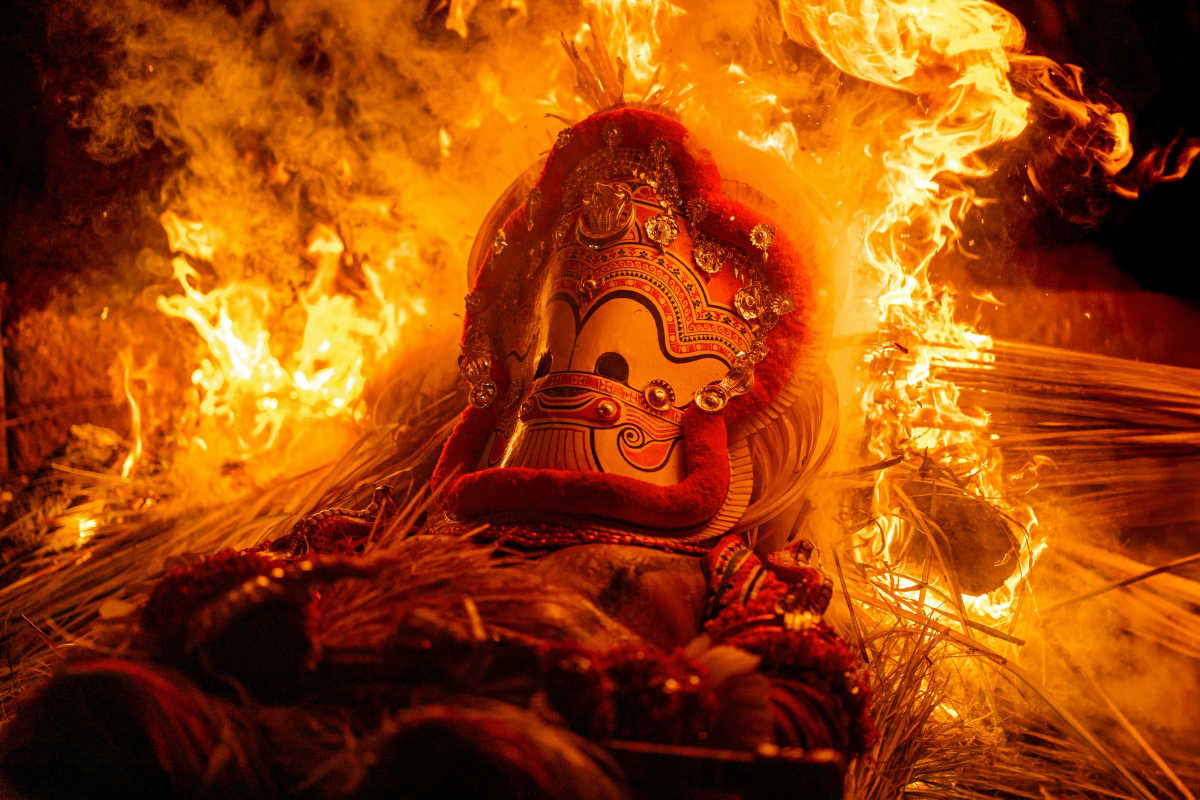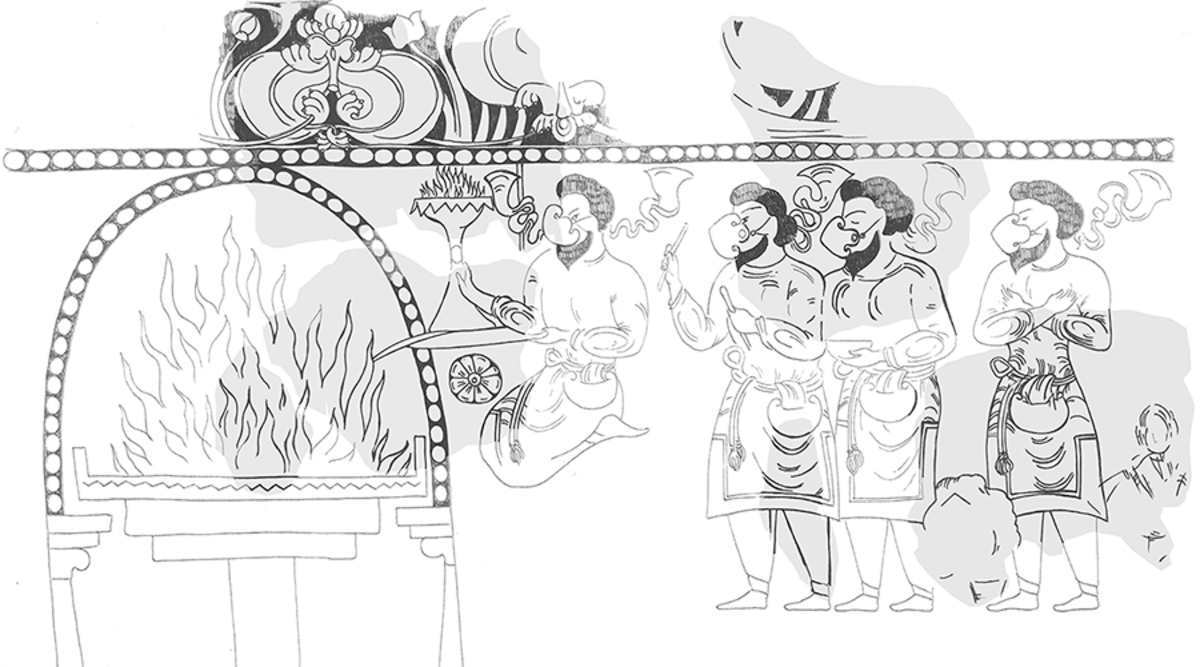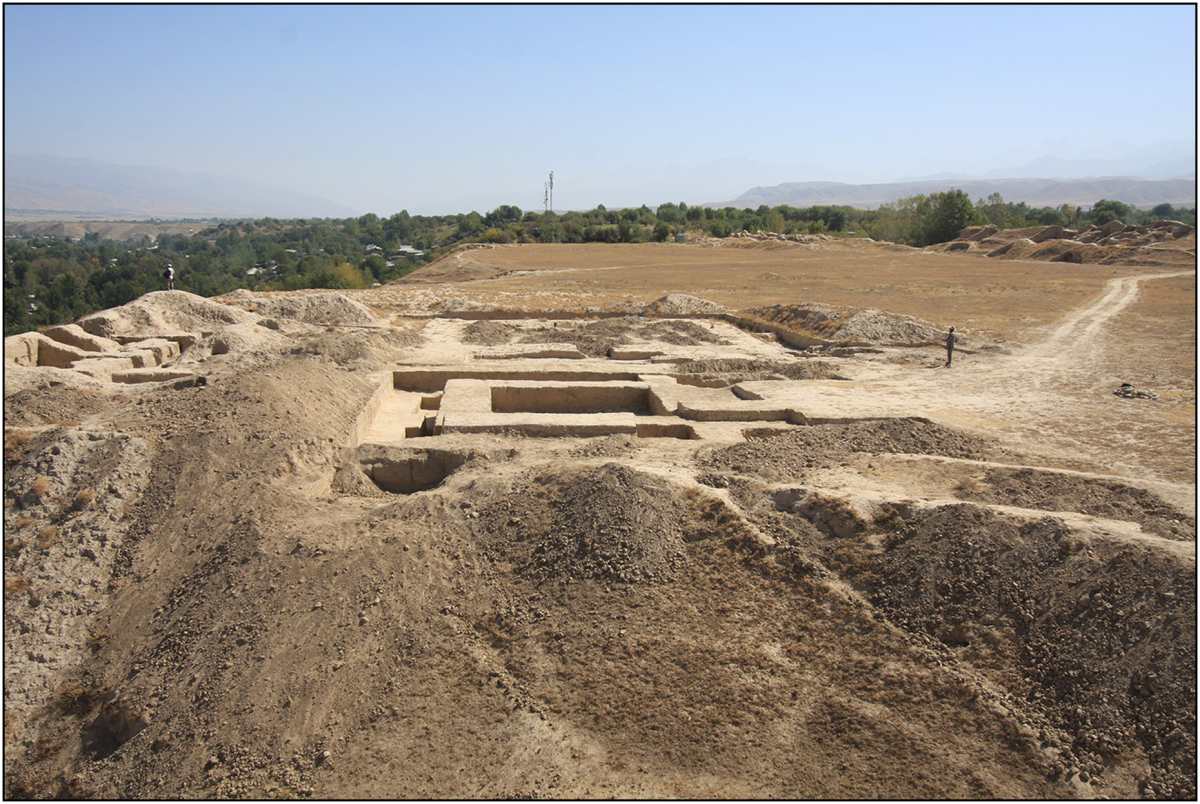Ancient Sogdian mural uncovered in Tajikistan revealed rare, non-funerary fire worship rituals for the first time

A unique fire ceremony has unfolded through a mural at the ancient Sogdian palace of Sanjar-Shah in Tajikistan. Findings regarding this mural have been published in the journal Antiquity. Researchers were intrigued by the mural, as it was possibly the first-ever depiction of Sogdian fire worship, which was not related to funerals. Also, it provided a rare glimpse into the religious practices along the Silk Road. The discovery happened during the 2022-2023 excavations season at the site.

Depiction of Fire Ceremony on the Mural
The mural features four priests and a child in a procession, as they seem to be going towards a large, stationary fire altar placed beneath an ornate arch, according to Ancient Origins. Throughout the mural, there was no trace of any dead, making researchers assume that the ceremony did not carry any funerary context. The Sanjar-Shah palace is located seven miles east of the famous Silk Road city in Panjikent. The site apparently served as the residence of Sogdian civilization's last ruler. This group became known in the 8th century for being exceptional traders who used the Silk Road to formulate a culture, linking East and West.

Discovery of the Mural
The palace was reportedly built by the Sogdian civilization in the 5th century AD, according to Phys.org. After a century, the palace and the settlement around it became a part of a flourishing territory, under the rule of the Umayyad governor Naṣr b. Sayyār. The community flourished by using Silk Road trade networks. Findings, like Chinese mirrors and gilded belt buckles in the area, indicate that the inhabitants belonged to the elite class. Similar to other palaces made by the Sogdian community, this one also contained several reception halls arranged asymmetrically around a T-shaped corridor.
Further investigation of fire marks in the building revealed that the palace was destroyed in the third quarter of the 8th century. Later, the establishment was repurposed, with the larger rooms being fragmented into smaller units. The reconstruction was conducted by peasants who lived in the palace until the early Samanid period (819-900 AD). Several murals were spotted in the palace, with one depicting a blue flower and another a hunting scene. However, the most noteworthy turned out to be the one with the fire ceremony. This mural had 30 fragments in total and stood out due to a lack of funerary context and fewer priests.

Priests on the Mural
One priest was supposedly kneeling before the fire altar, as he was offering the smaller altar to the larger one. This depiction is common in the fire ceremonies depicted in other Sogdian murals. It is akin to worshippers offering incense. Another one was clearly wearing a padām, a kind of mouthpiece used by Zoroastrian priests. The third priest could also be wearing the mouthpiece, but it is not fully clear.
This priest is also sporting a ribbon on the back of his neck, which is startling because such attire is worn only by royals. "As this motif is conventionally associated with divine or royal imagery, its occurrence in this context remains problematic," Dr. Michael Shenkar, one of the study's authors, shared. Researchers have garnered many crucial insights from the mural, ranging from the outfits worn by priests to how fire worship was facilitated in Sogdian contexts.